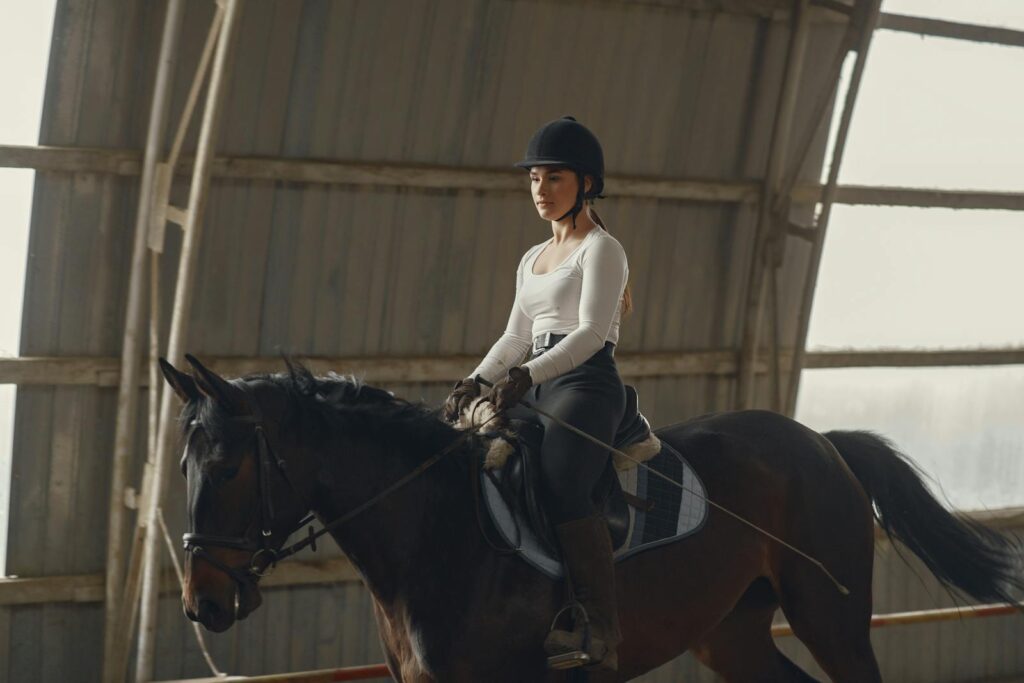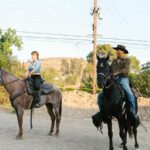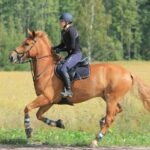Bridleless riding represents the pinnacle of the horse-human partnership, showcasing a connection built on mutual trust, clear communication, and consistent training. When a horse responds to subtle seat, leg, and weight cues without the guidance of a bridle, it demonstrates an exceptional bond between horse and rider. This advanced riding technique isn’t just a spectacular display of horsemanship—it’s a testament to the relationship you’ve cultivated with your equine partner. While bridleless riding might seem like magic to observers, it’s actually the result of methodical training, patience, and the deepening of the connection you share with your horse. This comprehensive guide will walk you through the progressive steps to achieve this remarkable skill, from establishing foundational groundwork to performing your first bridleless ride.
Understanding the Foundation of Bridleless Riding
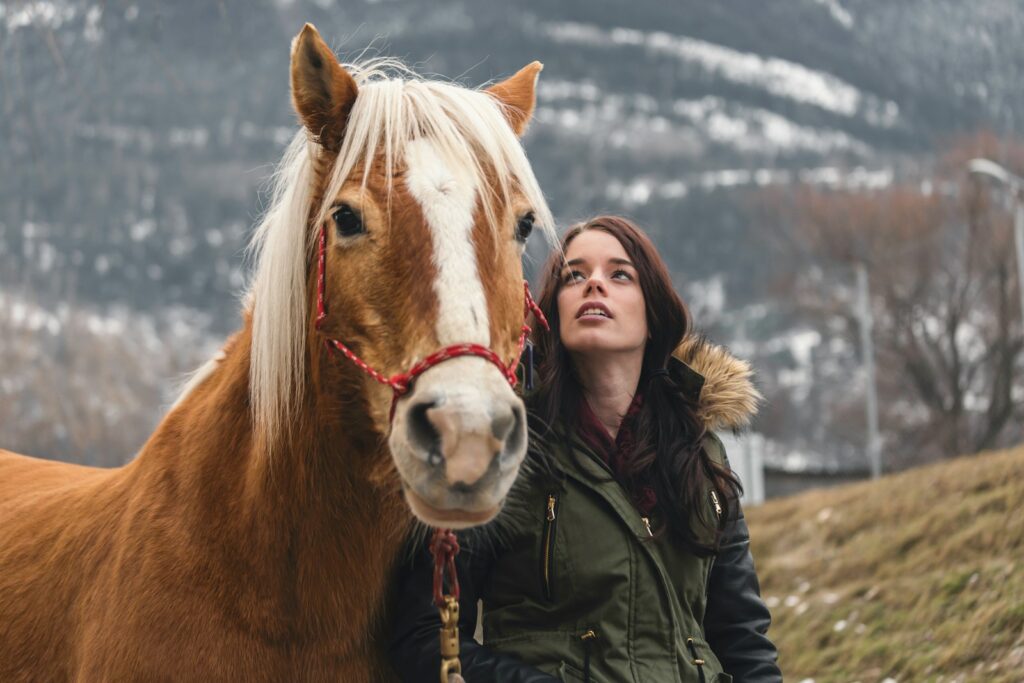
Before removing the bridle, it’s essential to recognize that bridleless riding isn’t a shortcut or trick but rather the culmination of comprehensive training. The foundation lies in developing impeccable communication through traditional aids—seat, legs, weight, and voice—while gradually reducing reliance on rein contact. Your horse must understand and respond to these subtle cues consistently before bridleless riding becomes possible. This foundation requires the horse to be balanced, collected, and responsive in all gaits, while being guided primarily by your body position and weight distribution. Advanced horses who are candidates for bridleless work typically have several years of solid training under saddle and demonstrate emotional maturity and confidence in various environments. Remember that bridleless riding isn’t suitable for every horse, as individual temperament plays a significant role in determining whether this advanced skill is appropriate for your equine partner.
Assessing Your Horse’s Readiness

Not all horses are candidates for bridleless riding, so an honest assessment is crucial before beginning this training journey. Your horse should consistently respond to leg, seat, and weight aids without requiring rein assistance for basic maneuvers. They should be emotionally mature, demonstrating a calm, confident demeanor even in stimulating environments. Observe how your horse behaves when riding with minimal contact—does he maintain rhythm, direction, and gait without constant rein guidance? A suitable candidate will stop promptly from seat and voice cues alone, turn willingly from leg pressure and weight shifts, and maintain desired gaits without micromanagement. Additionally, consider your horse’s physical condition, as bridleless riding requires core strength and balance. Any lameness issues or physical limitations should be addressed before attempting this advanced work. Finally, evaluate your partnership—bridleless success depends on established trust and a history of positive, consistent training experiences together.
Establishing Groundwork Fundamentals

Solid groundwork creates the communication system you’ll rely on when riding without a bridle. Begin with liberty work in a round pen, teaching your horse to respond to body language, energy changes, and verbal cues. Practice having your horse walk, trot, canter, stop, and change direction using only your positioning and voice commands. Incorporate ground exercises like yielding the hindquarters and forehand, backing up, and sending exercises that teach your horse to move away from and toward pressure. These exercises directly translate to under-saddle cues and help your horse understand the concept of moving away from pressure applied to different areas of his body. Develop clear voice commands that remain consistent throughout your training, using distinct tones for walk, trot, canter, whoa, and other transitions. Regular groundwork sessions not only build your communication system but also strengthen the trust bond that makes bridleless riding possible.
Refining Ridden Communication
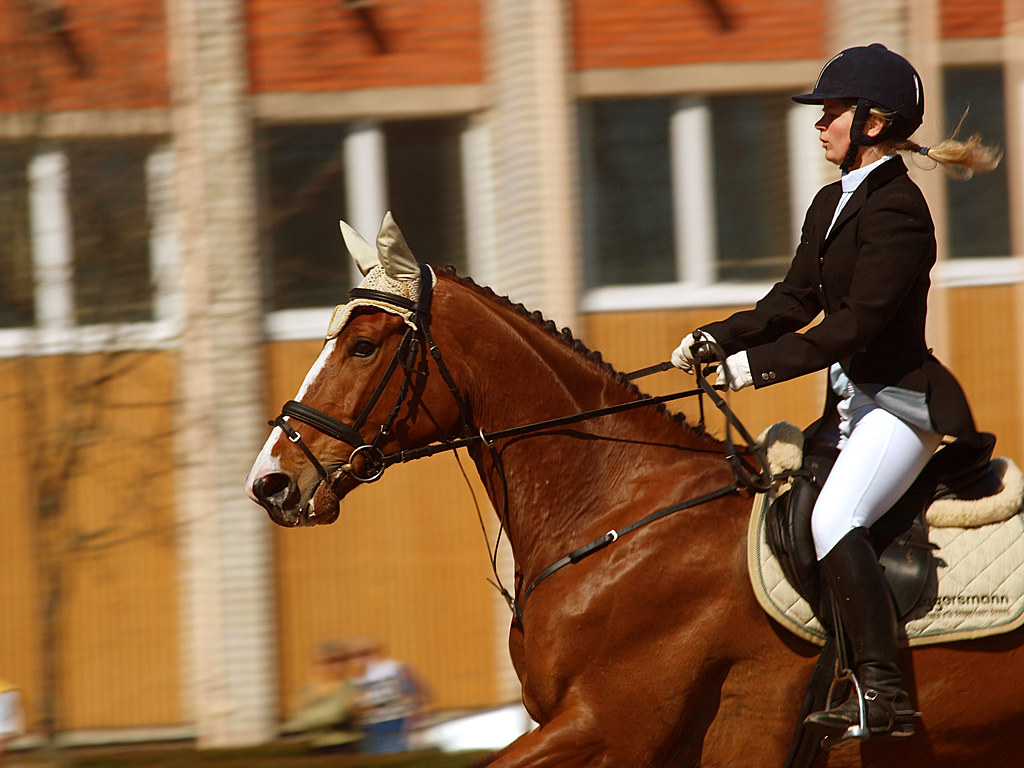
With groundwork established, focus on refining your horse’s responses under saddle while gradually reducing dependence on rein aids. Begin each riding session with a brief period of normal contact, then intentionally ride with longer, softer reins while emphasizing seat and leg cues. Practice transitions between gaits using primarily your seat, breathing, and energy changes, touching the reins only when necessary for reinforcement. Develop clear cue differentiation—your horse should understand that shifting weight back means slowing down, squeezing with both legs means moving forward, and opening a leg away from the body signals a turn in that direction. Work on stopping from a vocal “whoa” combined with deepening your seat and exhaling, only adding rein pressure if the horse doesn’t respond to these primary cues. Throughout this process, maintain the consistent cues you established during groundwork, creating a seamless language your horse can understand whether you’re on the ground or in the saddle.
Mastering Control Through Your Seat
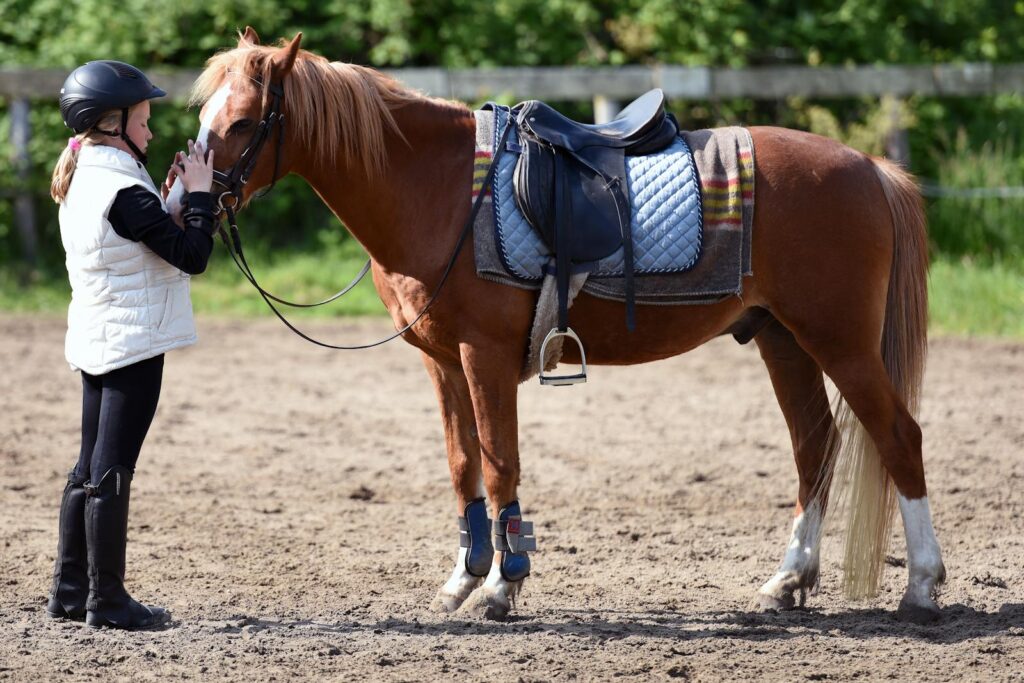
Your seat becomes your primary steering wheel and brake system when riding bridleless, making refined seat aids essential to success. Develop independent control of your seat bones by practicing exercises that isolate weight shifts without relying on reins for balance. Work on sitting slightly heavier on one seat bone to initiate turns while keeping your upper body aligned with your horse’s motion. Practice stopping from all gaits by deepening your seat, engaging your core, and slightly tilting your pelvis while exhaling—signaling your horse to downshift. Advanced seat control includes using your pelvis to influence your horse’s gait and collection: a slight forward tilt encourages extension, while a backward tilt suggests collection. These nuanced movements create a sophisticated language between you and your horse that goes beyond basic directional cues. Regularly practice transitioning between collected and extended gaits using only seat adjustments to develop your horse’s responsiveness to these subtle influences before attempting bridleless work.
Introducing Neck Reining Techniques
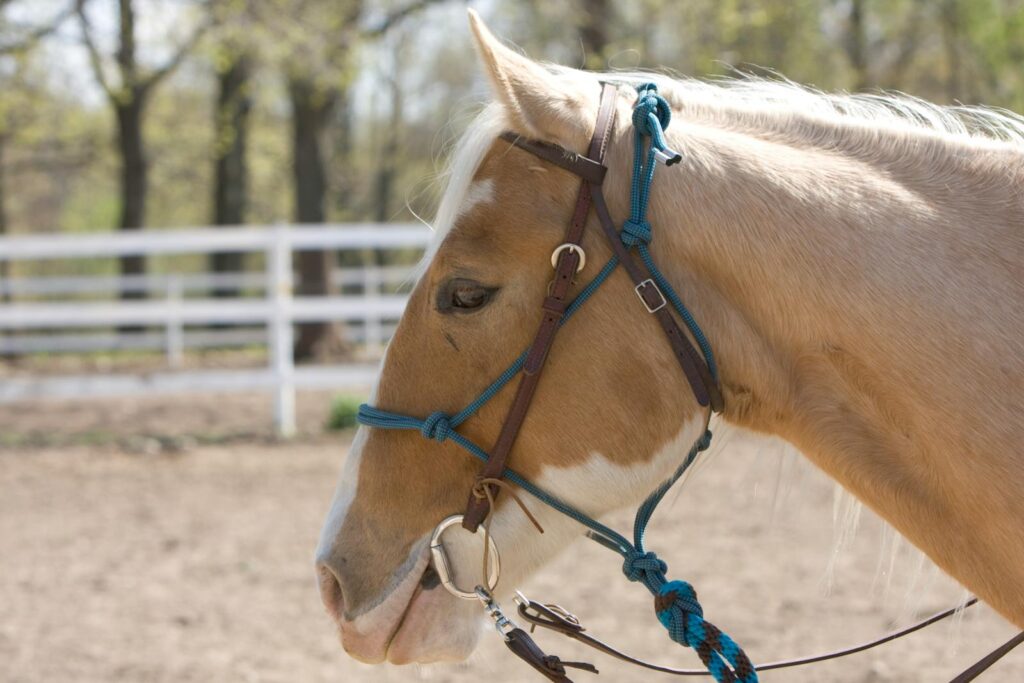
Neck reining serves as an effective transitional step between direct rein control and bridleless riding. Begin by laying the rein against your horse’s neck in the opposite direction you wish to turn while maintaining light contact on both reins. Apply supporting leg pressure on the same side as the neck rein to reinforce the turning cue. Gradually reduce the pressure of the neck rein until your horse responds to the lightest touch against the neck, teaching them to move away from that pressure rather than follow the pull of a direct rein. Practice neck reining at all gaits, focusing on maintaining rhythm and balance through turns without altering speed. As your horse becomes more responsive, begin using a neck rope—a simple loop of rope around the base of the neck—while still wearing a bridle but without using the reins. This intermediary step teaches your horse to respond to the neck rope’s pressure while still having the security of the bridle if needed, creating a bridge between traditional riding and complete bridleless control.
Progressing to Riding with a Neck Rope
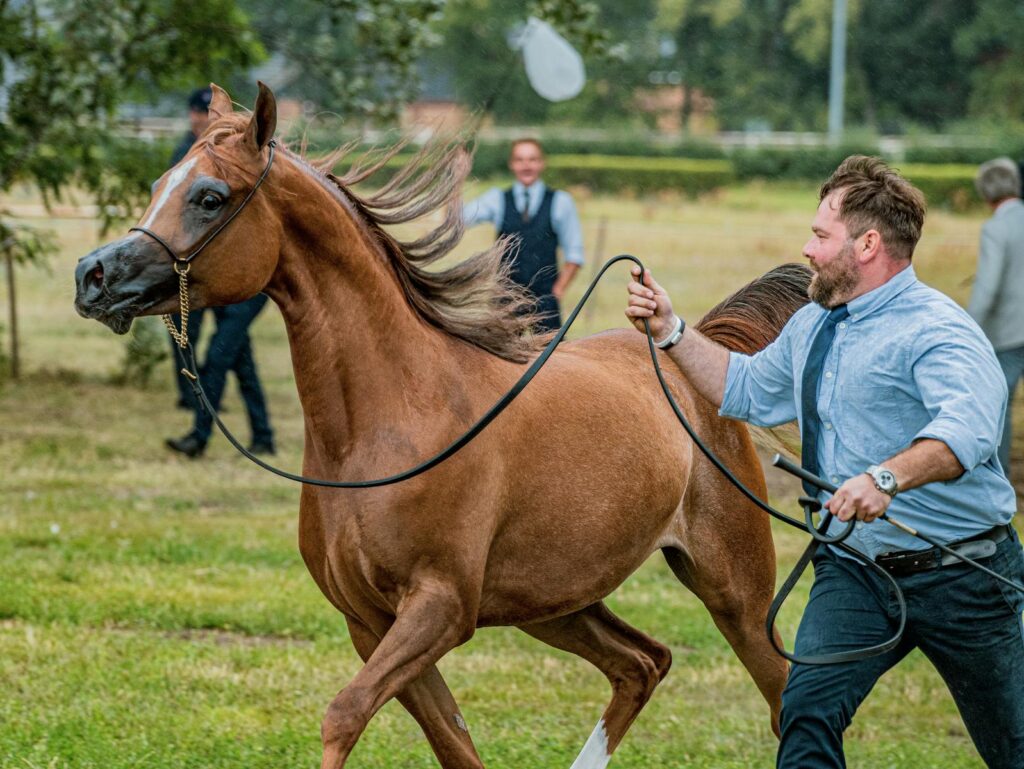
The neck rope becomes an essential transitional tool between bitted control and true bridleless riding. Begin by riding with both your regular bridle and a neck rope in place, using the neck rope for direction while keeping the reins as an emergency backup. Select a soft rope, approximately 6-8 feet long, tied in a loop around your horse’s neck, positioned at the base where the neck meets the shoulder. Practice basic maneuvers with the neck rope, leaving the reins untouched, and using it in conjunction with your seat and leg aids. When applying the neck rope, lay it against the neck similar to neck reining, always supported by appropriate leg pressure and weight aids. Gradually progress to riding with the bridle in place but with the reins knotted and resting on your horse’s neck, relying solely on the neck rope for directional guidance. This intermediate phase builds confidence for both the horse and rider, while maintaining the security of knowing the bridle is available if needed. It serves as a crucial step before attempting true bridleless work.
Introducing Your First Bridleless Sessions
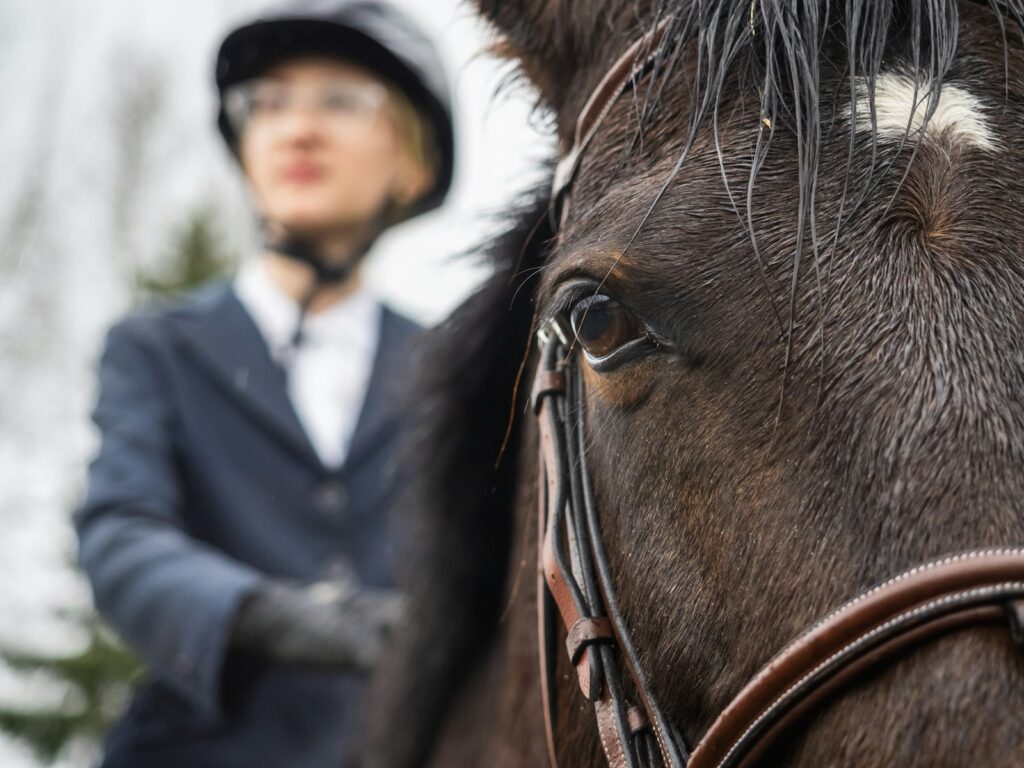
When you’re ready for your first truly bridleless experience, set the stage for success by choosing a familiar, enclosed area where your horse feels comfortable and secure. Begin with a thorough warm-up using conventional tack to ensure your horse is attentive and responsive before removing the bridle. Consider having a safety spotter present for your initial attempts—someone who can assist if needed. Start at the walk, focusing on straight lines and large, sweeping turns while relying on your neck rope, seat, and leg aids. Keep your first bridleless sessions brief—five to ten minutes is sufficient—ending on a positive note to build your horse’s confidence for future rides. Be mindful of your own tension, as horses quickly sense rider anxiety; take deep breaths and maintain the same relaxed, confident posture you use during regular riding. Remember, reaching this significant milestone reflects years of preparation and relationship-building with your horse, so celebrate the achievement, no matter how basic the maneuvers might be during these early bridleless experiences.
Addressing Common Challenges
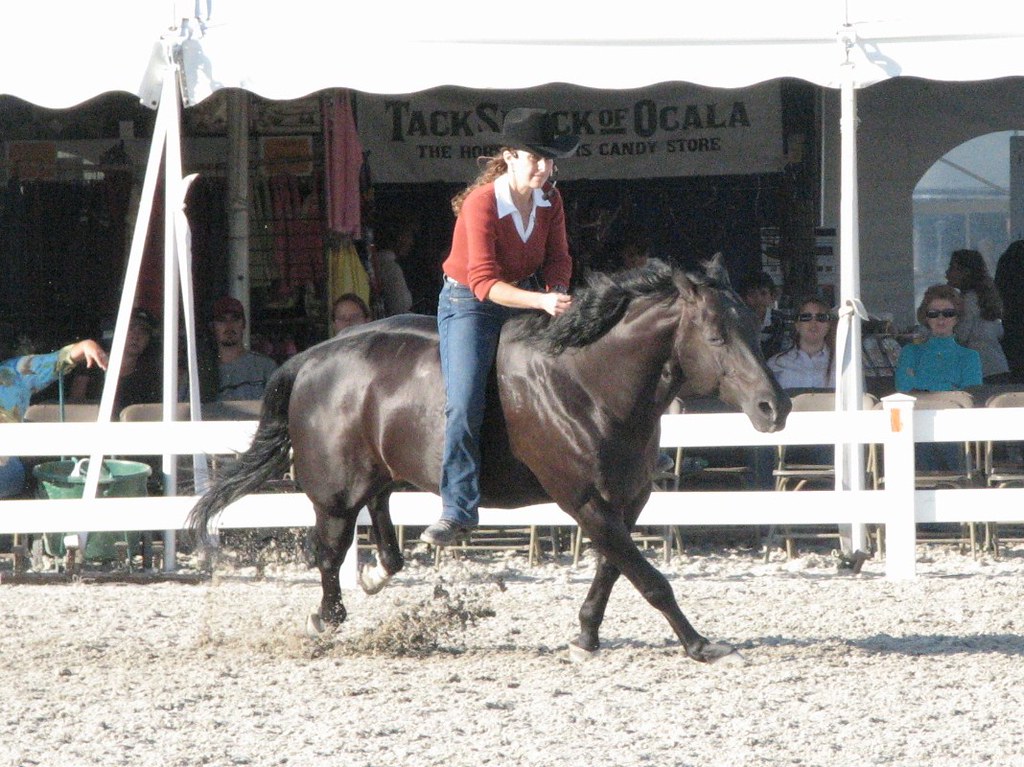
Even well-prepared horses may encounter challenges during bridleless training that require thoughtful solutions rather than force or frustration. If your horse becomes overly forward without bit control, reinforce your stop cues by combining the neck rope, a deep seat, and a verbal “whoa” before resuming bridle-free work. For horses that drift or lose straightness, focus on refining leg positioning and sensitivity through targeted exercises with conventional tack before progressing. If your horse becomes anxious without the familiar feel of the bridle, introduce short periods without rein contact while still wearing the bridle, gradually increasing the duration as confidence grows. Should turning become problematic, revisit groundwork exercises that reinforce yielding to pressure on specific areas of the body. Remember, regression is normal during advanced training—when challenges arise, return to previously successful steps rather than pushing forward. Always prioritize your horse’s confidence and understanding over meeting a particular bridleless riding timeline.
Expanding Your Bridleless Repertoire
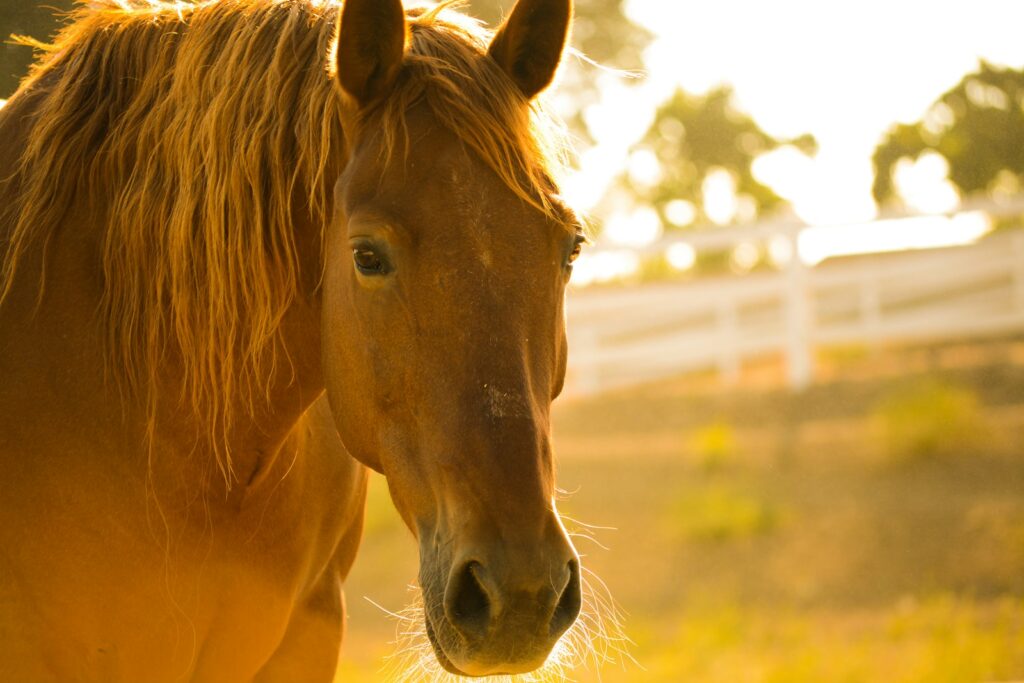
Once basic bridleless control is established, gradually expand your skill set to include more complex maneuvers and varied environments. Begin incorporating smaller circles, serpentines, and figure-eights to develop greater precision in your communication. Practice transitions between gaits, aiming for seamless changes that maintain your horse’s balance and engagement. When comfortable in an enclosed arena, progress to larger spaces or trail riding with a companion horse, initially keeping the bridle handy—either tucked into your pocket or draped around your horse’s neck—for added security. Introduce varied terrain and new environments gradually, always setting your horse up for success by returning to familiar exercises when facing new challenges. As your partnership deepens, you can incorporate advanced movements like leg yields, shoulder-in, and flying lead changes. Document your progress with video to observe subtle improvements and identify areas for refinement, celebrating each small advancement in your bridleless journey.
Safety Considerations for Bridleless Riding

Bridleless riding demands strict safety protocols to protect both horse and rider during this advanced practice. Always wear appropriate safety gear, including an approved riding helmet, regardless of your experience level or your horse’s reliability. Never attempt bridleless riding in open areas until you have complete confidence in your control within enclosed spaces. Consider using a safety cord—a thin rope attached to a neck rope or halter—that remains tucked away but is accessible in case of an emergency. Stay especially vigilant about your surroundings, avoiding bridleless work when unfamiliar horses are present or during high-energy situations that could trigger unpredictable behavior. Have a consistent plan for regaining control if your horse becomes overstimulated; this might include a well-rehearsed verbal cue signaling a return to walk or halt. Remember that even the most reliable horse can be startled, so maintain awareness of your emergency strategies, including how to quickly replace the bridle if necessary during a ride.
Maintaining and Refining Bridleless Skills
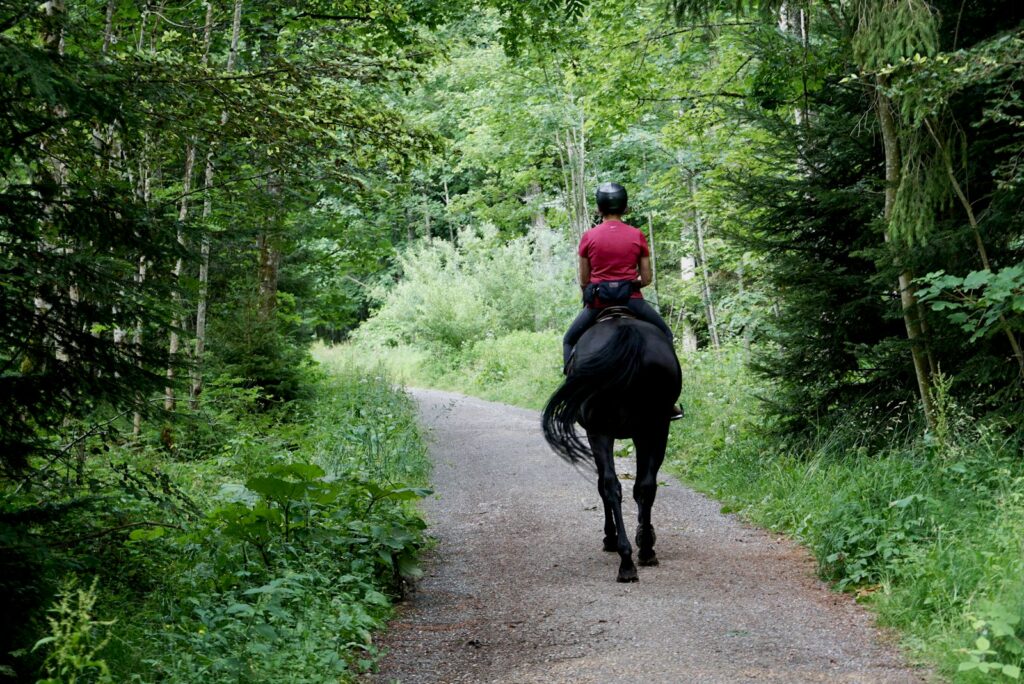
Once achieved, bridleless riding requires ongoing maintenance and refinement to preserve the quality of communication. Incorporate bridleless work regularly but sparingly into your training schedule—perhaps 15 to 20 minutes once or twice a week—while continuing to use conventional tack for more demanding or precision-focused rides. Balance the freedom of bridleless riding with structured exercises that sharpen your horse’s responsiveness to subtle aids. Periodically revisit foundational groundwork and under-saddle exercises to reinforce the basic communication system that supports your bridleless success. Challenge yourself and your horse with progressively more complex patterns and maneuvers to continually refine your aid system. Remember that bridleless riding does not mean abandoning good equitation; maintain the same correct position, balance, and technical riding skills you would use with conventional equipment. Bridleless skills can deteriorate if not practiced regularly, so establish a consistent schedule that keeps these abilities sharp without over-relying on this advanced technique.
The Philosophical Impact of Bridleless Horsemanship

Beyond the technical achievement, bridleless riding often transforms a rider’s entire approach to horsemanship. This journey typically leads to a deeper awareness of subtle body language, energy, and intention in all interactions with horses. Riders who master bridleless communication often report heightened sensitivity to their horse’s responses and emotional state, fostering more harmonious partnerships even during conventional riding. The process challenges riders to examine their habitual reliance on equipment, encouraging clearer communication and often improving riding skills across all disciplines. Many bridleless practitioners find that the pursuit pushes them to develop greater self-awareness, body control, and emotional regulation, as their horse mirrors their internal state without the buffer of equipment. This philosophical shift frequently extends beyond riding into groundwork, handling, and general horse care, leading to a more thoughtful, partnership-based approach to the entire equestrian experience. Ultimately, the bridleless journey becomes less about the absence of equipment and more about the presence of a profound connection between two beings moving as one.
Conclusion: The Ultimate Expression of Partnership
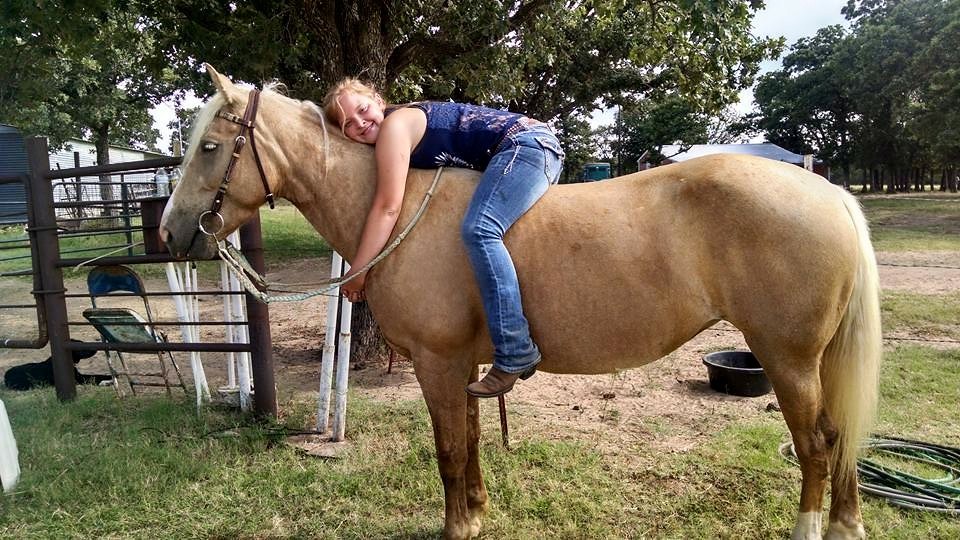
Bridleless riding represents the culmination of years spent building communication, trust, and partnership with your horse. This advanced skill doesn’t just showcase technical prowess—it celebrates the deep bond that makes such subtle communication possible. As you progress on this journey, remember that the destination is less important than the relationship you develop along the way. Whether you ultimately perform complex maneuvers without a bridle or simply enjoy quiet moments of connection in an arena, the process of working toward bridleless riding will inevitably enhance your horsemanship and deepen your horse’s trust. Approach this challenge with patience, consistency, and respect for your horse’s learning process, recognizing that true bridleless harmony can’t be rushed or forced. When achieved through methodical training and genuine partnership, few equestrian experiences match the freedom and connection of moving as one with your horse, guided only by mutual understanding and respect.

